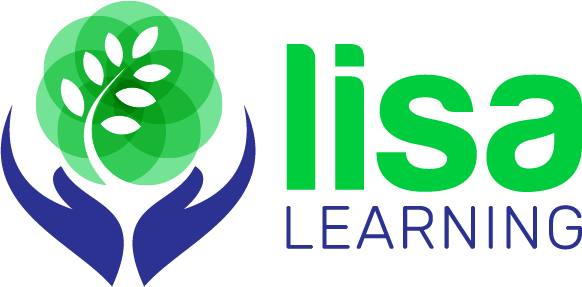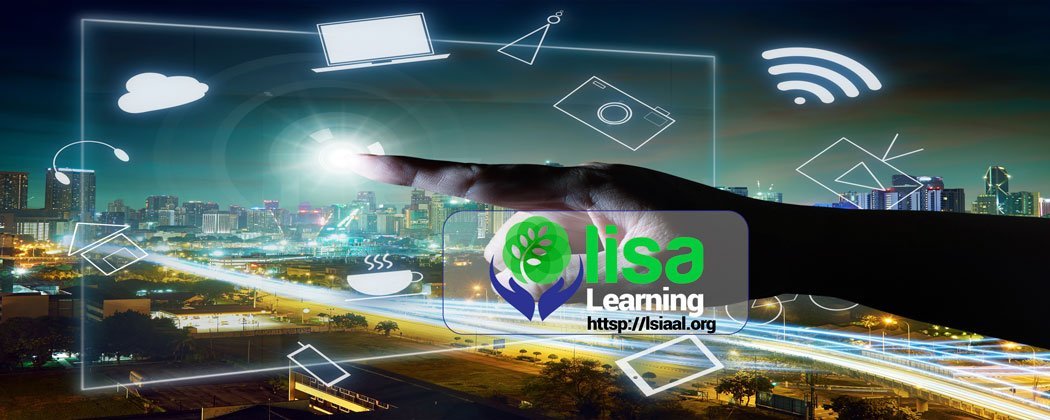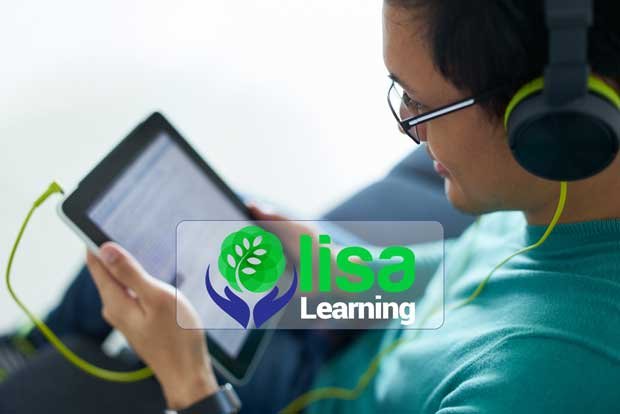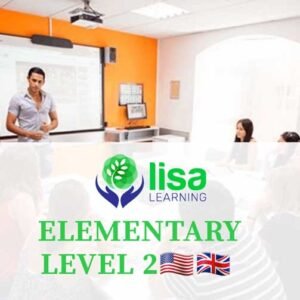Starting in about 3500 B.C., with various writing systems developed in ancient civilizations around the world, and the oldest known alphabet “Proto-Sinaitic”, developed in central Egypt around 2000 B.C., Education has been opening doors to personal and professional growth.
In the modern age, with the “digital revolution”, and the massive technological progress, an increasing number of education organizations and language learning institutions are taking advantage of the beneficial outcomes of technology on education, realizing that choosing the right tools and methods can be a game-changer for students that have been previously marginalized.
It’s almost 2021, and after a year of negative impact to onsite education due to the “COVID-19”, pandemic and a fast turn in online learning to get organizations ready to expand their impact in 2021, today’s article is all about how technology has and can improve education and the wealth of options available to easily make a bigger difference.
How Has Technology Improved Education?
Reviewing how technology has improved education, list down ideas how universities and private institutions haven’t adopted yet, we realize that there is so much to do to improve education for our students.
One of the first thoughts that come to mind when talking about how technology affects education is often about the almost unlimited access to knowledge. Instead of sticking to books they can physically carry, or the ones that happen to be available in nearby libraries, students have complete abundance at their fingertips with e-books and audiobooks, giving them great options to buy and to rent, and a lot less back pain.

Of course, virtual books are just the beginning, as knowledge is available online in a variety of formats. Online learning platforms like “LISA Learning”, which enables students to access different language courses, podcasts, video lessons, and blog posts from both education organizations and other sources are a click away and cover every topic imaginable. All these options, combined with a wide range of discipline-specific tools, make it easier for education organizations to open the door to experiential learning, where students no longer need to wait for graduation to go beyond theory.
Besides, students gain deeper access to another important learning resource: their own companions. A key positive impact of technology on education is that it brings students together through discussion and collaboration tools, who might never have considered, or had the opportunity, to communicate or help each other offline.
Also, students pick up further admittance to another significant learning asset: their own friends. A positive key effect of innovation and technology used in education is that it unites students through conversation and collaboration, exchanging ideas and socialize in a way that may never have thought of, or had the chance to exchange with each other when onsite classes.
Improved Teaching Operations that Encourage Collaboration, Efficiency, and Diversity
The impact of technology on education and online training platforms is applicable for teachers too. Teachers can utilize online platforms to organize and optimize student courses and provide better study materials. Using online platforms also makes it simpler for teachers to monitor student performance and evaluate over the long run, to perceive what parts of the course should be changed.
Technology helps teachers get support, too. For example, on online learning platforms when teachers face tech problems in the middle of a class, they can immediately reach out to IT staff digitally. IT can then connect to teachers’ computers remotely and solve the problem quickly, instead of wasting time waiting for IT to come physically to fix the problem. Teachers can also collaborate with other teachers, form a better teaching experience of the same class.
The Growth of Accessibility and Assistive Technology is Opening Doors to Student Populations Who Were Previously Left Behind
We can’t discuss how technology influences education and online learning, without mentioning availability for areas of the populace that were abandoned in the previous ages. This is, beyond question, perhaps the most energizing beneficial outcomes of education and online learning. To dazzle students, innovation and digital technology coverts slides and messages into electronic Braille, and audio recordings of classes give them the ability to lean equally as other students. Essentially, transcribe video recordings of classes provides to deaf and students of hearing aids with the capacity to get to the same lectures as the other students.
With artificial intelligence technology, subtitles can be given rapidly and precisely. This technology produces subtitles in real-time or progressively, permitting students to keep up with the class. Human interpreters audit the inscriptions and alter them for more profound precision. The technology used for education provides to students in wheelchairs, students with physical and psychological instabilities, the capacity to have course materials in different configurations, and give them the opportunity to participate in all courses.
How is technology used in education?
When it comes to the use of technology for education, there are several forms of online learning. The most common are e-learning and distance learning.
Distance Learning.
Distance learning includes no in-person interaction between teachers and students. Many universities are now offering distance learning degrees, where the student attends school through their internet. That means a student in Europe could attend an American university, without ever having to move. It also makes attending higher education much easier if you live in rural or remote areas. However, you’ll likely rely on digital forms of communication such as messaging apps, video calls, discussion boards, and your school’s learning management system (LMS).
E-Learning
This form of learning interaction between student and teacher is online. Generally, is a student taking a course from a teacher without going to a physical classroom with that teacher. They might be in the same building, but the learning and communication are done online by students regularly.
Conclusion
The timing has never been better for using technology to enable and improve learning at all levels, in all places, and for people of all backgrounds. E-Learning platforms offer distinctive benefits over traditional classrooms to students, making it the future of education.












